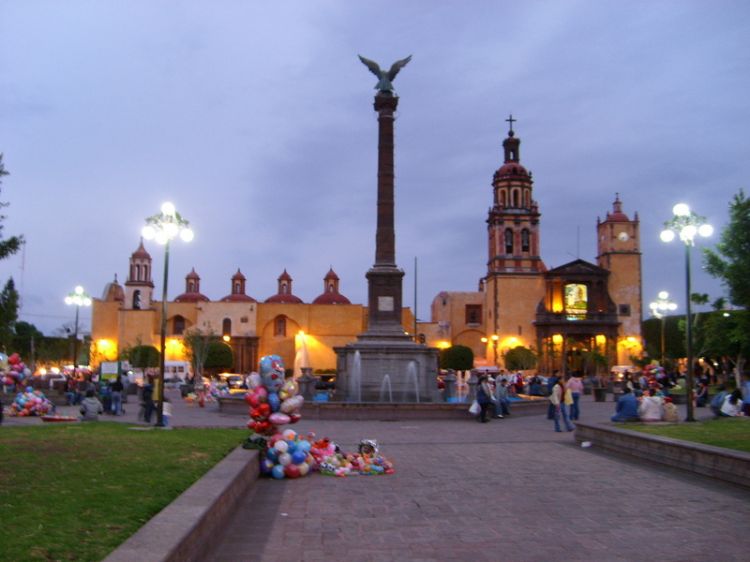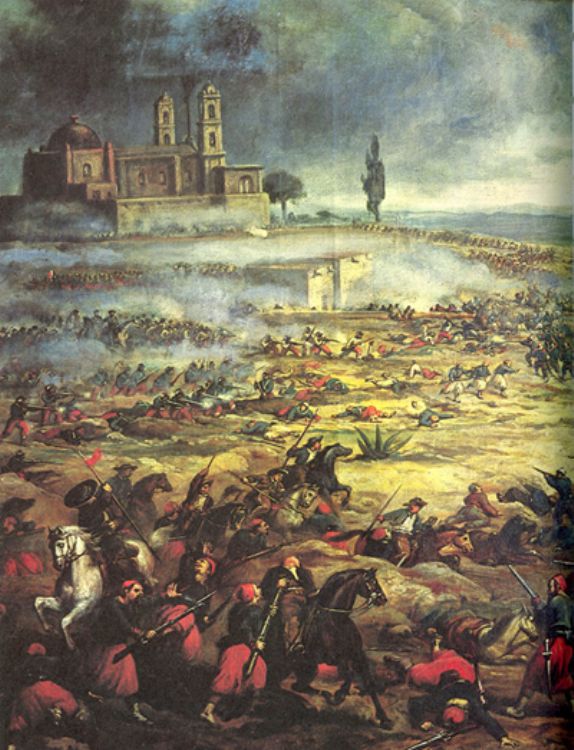
The Battle of Puebla took place on the 5th of May 1862 in...
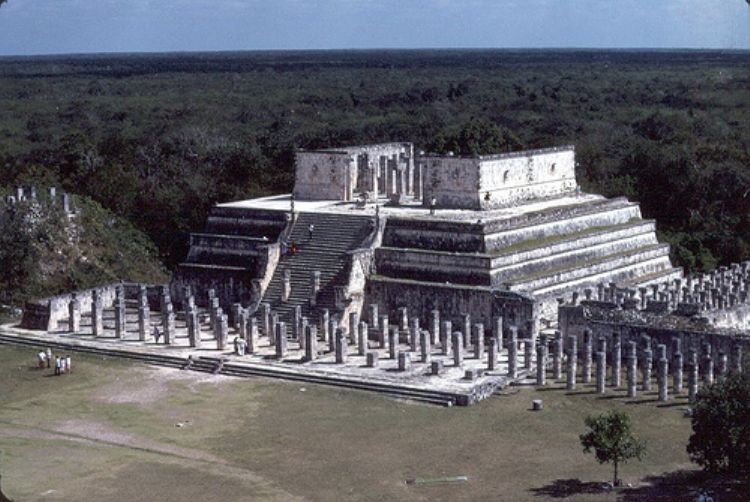
Yucatán has a territorial extensión of 39,612 km2, and 2% of the Mexican surface. The state of Yucatan attaches to the Gulf of Mexico on the North and best, on the east with Quintana Roo, and south with Campeche.
The vegetation is classified as middle and low tropical. The most representative species are henequen, caoba, cedar and caiba.
Yucatan lacks rivers and creeks, which makes its hydrology subterrain (cenotes and lakes).
The predominating climate is hot and subsumid; the average temperature is 78, 80ºF and the rainy season is June-July.
This region lacks in elevated zones, it mainly has rocky territory and deep ditches. These ditches that accumulate rain, originated in the coast of Yucatan. The humidity that comes from the accumulation of this water is important to the fishing activity and to maintain equilibrium for all the ecosystems in the surrounding areas.
The most representative fauna is the pink flamingo, jaguar, Carey turtle, and quail of Yucatan, tepexcuintle, duck, and tapir.

The Battle of Puebla took place on the 5th of May 1862 in...
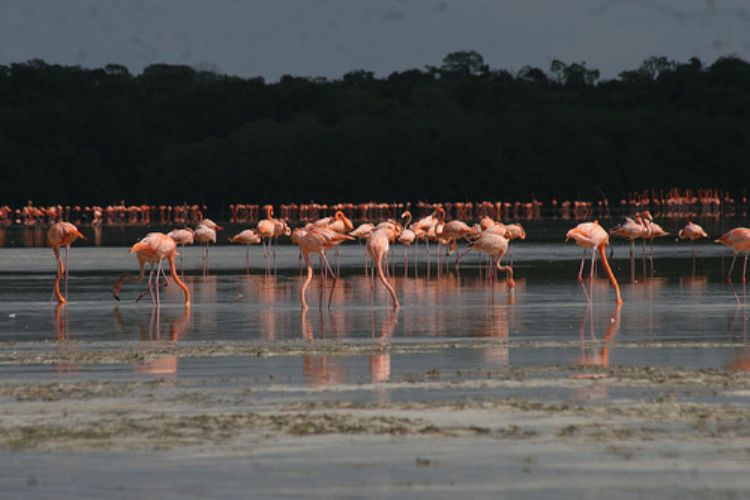
Celestun has been considered a Biosphere Reserve since 19...

Cochinita pibil is the most famous dish originated in Yuc...

Miguel Hidalgo is one of the most recognized characters i...

The Mexican Revolution has been one of the political-soci...
.jpg)
Hurricanes and cyclones occur each year in the Pacific Oc...
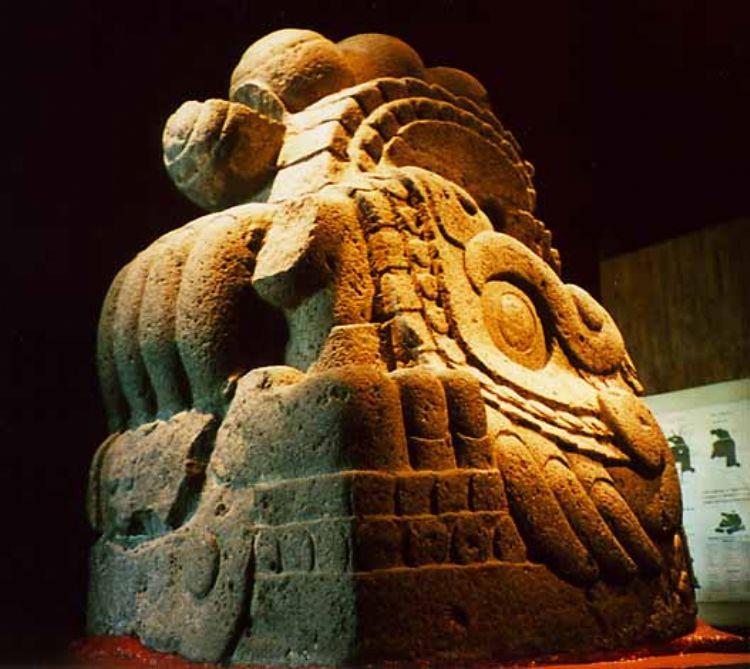
The Mexica called themselves original from the mythologic...

The son of diplomatic parents, Carlos Fuentes was born in...

Started under the name of Real y Pontificia Universidad d...

There are several dates that are considered important in ...

Thanks to its incredible attractions and the reasonable p...
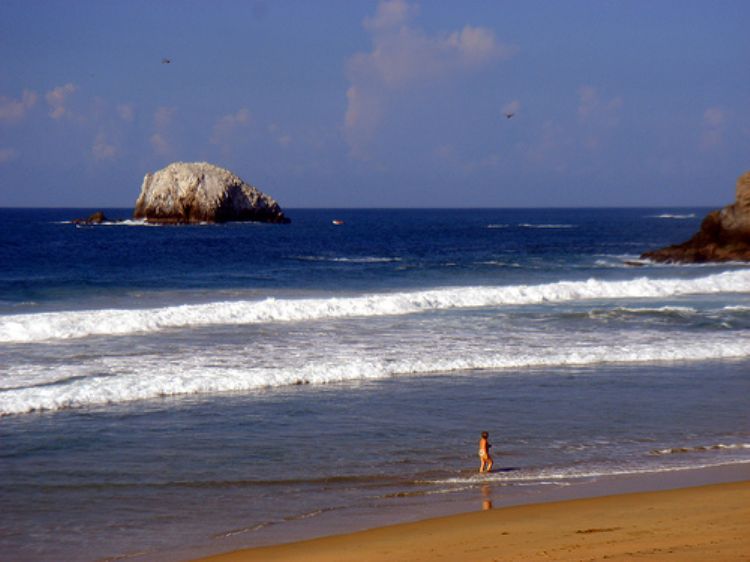
The Bays of Huatulco were a sacred site for prehispanic M...
